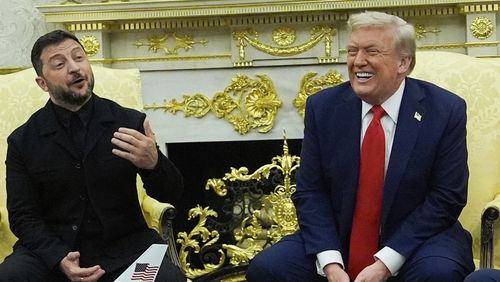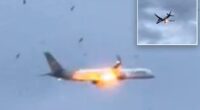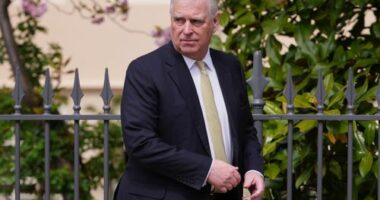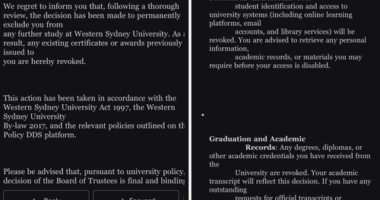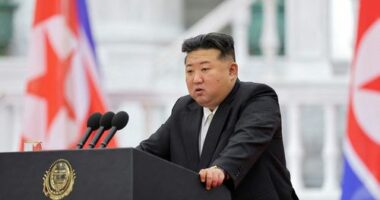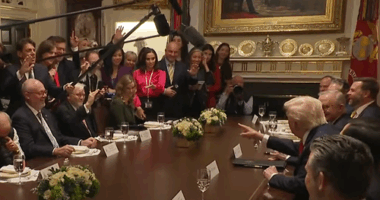Share this @internewscast.com
In addition to this, the summit was the second recently held by Trump, following discussions with Vladimir Putin in Alaska, which also did not result in a definitive outcome.
So what happens next? This is what we know.
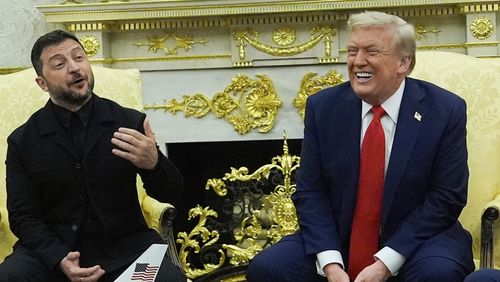
What happens now after Trump and Zelensky’s meeting?
It appears two more meetings are already on the cards, each involving both Putin and Zelensky.
In his meeting at the White House, Trump contacted Putin to propose a meeting between the Russian leader and his Ukrainian counterpart, which would be succeeded by a trilateral summit with all three leaders present.
NATO Secretary-General Mark Rutte told Fox News that Putin had agreed to that first meeting.
“During his conversation with President Putin, Trump was able to persuade Putin to agree to initially meet with Zelensky,” remarked Rutte, who was one of the European leaders in attendance at the White House summit.
There are no set dates or venues for either meeting, and the Kremlin has not yet confirmed Putin’s attendance. Nevertheless, foreign affairs advisor Yuri Ushakov mentioned that the Russian leader “spoke favorably” about continuing discussions, as reported by the state news agency Tass.
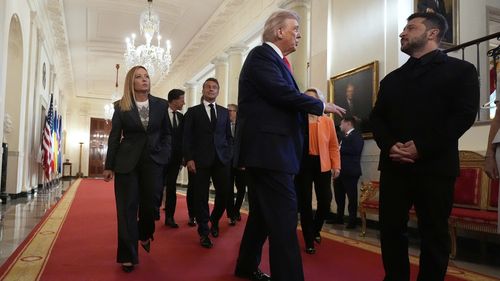
Could that lead to a peace deal between Russia and Ukraine?
Trump characterized the White House summit as “an excellent, preliminary step for a conflict that has persisted for nearly four years,” expressing that “everyone is optimistic about the potential for peace between Russia and Ukraine.”
The US president also claimed the fighting could wind down quickly, saying, “a week or two weeks, we’ll know whether we’re going to solve this”.
Despite this progress, Zelensky has retracted his demand for a ceasefire before meeting Putin. However, several issues remain unresolved between the two parties that could hinder any peace agreement.
What are the disagreements standing in the way of a peace deal?
It’s not a short list, but territory and security are two of the main ones.
Russia currently holds about 20 per cent of Ukrainian territory: the coveted Crimean peninsula it illegally annexed in 2014, as well as large swathes of the Luhansk, Donetsk (which collectively form the Donbas, a crucial industrial hub), Zaporizhzhia and Kherson regions.
It also claims further territory in those four regions that it hasn’t fully occupied during the war.
Ukraine, meanwhile, is refusing to cede land to Moscow.
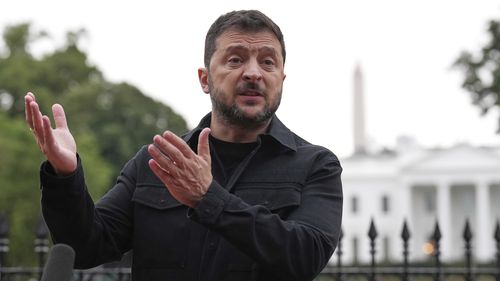
“Partners know our red lines â that we do not recognise the occupied territories⦠this is a violation of international law and the Constitution of Ukraine,” Zelensky said recently.Â
But at the same time, Ukraine is losing ground in the war â albeit gradually â and doesn’t have the military means to retake the land it has lost since 2014.Â
Its European allies have talked about the current frontlines being the starting point for negotiations, and Trump has spoken of “land swaps” as a peace condition.
It appears the greater focus for Kyiv is now gaining security guarantees to ensure Russia cannot use the ground it has gained since 2022 to launch another invasion â just as it did with Crimea.
The gold standard of assurances would be NATO membership, thanks to its Article 5, which treats an attack on any one of the allies as an attack on all, but that is out of the question.
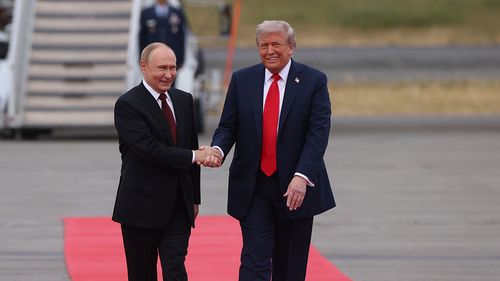
Instead, European leaders have suggested an Article 5-like guarantee for Ukraine without bestowing it official membership, and a peacekeeping force â which Australian troops could join, given Prime Minister Anthony Albanese’s openness â on the ground.
Trump signalled his support for those guarantees, saying European countries “want to give protection and they feel very strongly about it and we’ll help them out with that”, although the exact details remain unclear.
Moscow is vociferously opposed to NATO membership for Ukraine, and while White House envoy Steve Witkoff said Putin agreed to security guarantees during his meeting with Trump over the weekend, more recent statements from the Kremlin suggest otherwise.
Russia “categorically rejects⦠any scenario that envisages the appearance in Ukraine of a military contingent with the participation of NATO countries”, foreign affairs spokesperson Maria Zakharova said yesterday.
Putin has also talked of imposing size limits on Ukraine’s army â something Kyiv rejects â while Ukraine has sought the return of children who have been illegally deported to Russia since 2022.
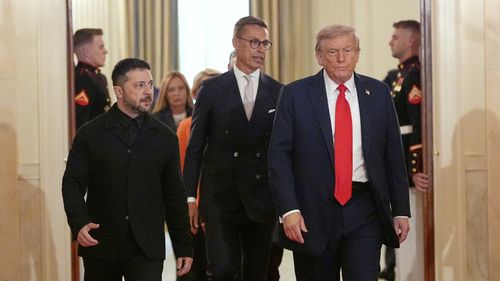
Another disagreement has centred around a ceasefire before a permanent peace deal.
Ukraine and its European allies have pushed for one â German Chancellor Friedrich Merz told Trump there should be one in place before another meeting is held.
However, while Trump had previously pressured both Putin and Zelensky to accept a ceasefire, and had threatened more sanctions on Russia if the Kremlin didn’t agree to one, that now appears off the table.
The US president changed his position following the meeting with Putin, and has since aligned with the dictator’s position that negotiations should focus on a long-term peace settlement instead.
â with Associated Press
